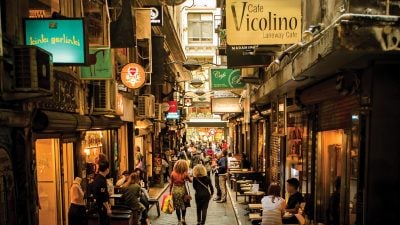Home / Latin America & Antarctica / Carnival: Capture the Spirit o…
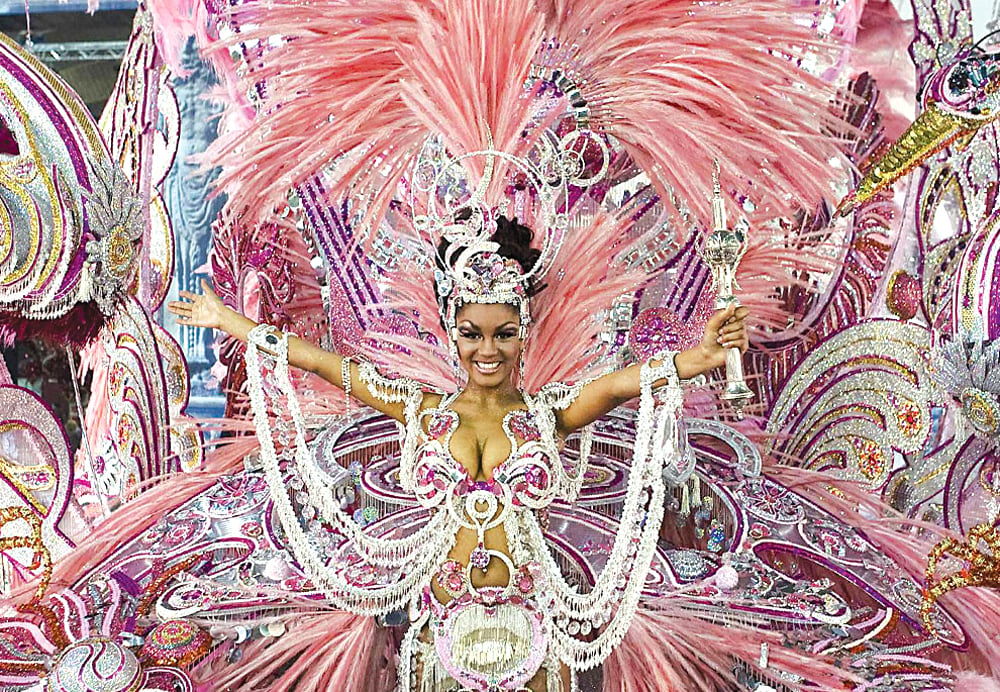
Carnival: Capture the Spirit of Rio on Your Brazil Tour
Ask any Globetrotter planning their Brazil tour to name the top symbols of Rio de Janeiro, and you can be almost certain the list will include Christ the Redeemer, Sugarloaf Mountain, Ipanema and Copacabana beaches, and perhaps most importantly, Carnival!
Trying to separate samba from Brazil would be like trying to prise the famous Redeemer off the Corcovado. The two are forever entwined. But for Cariocas – the colloquial term for Rio de Janeiro locals – the connection with samba, and Carnival in particular, goes much, much deeper.
Before plunging into this unique holiday on your Brazil vacation, it helps to understand what Carnival is, and what it means to Rio as a city. The celebration starts roughly two weeks before the main event, which begins on the Saturday, ending on Ash Wednesday each year. In theory, it represents one last burst of indulgence before the beginning of Lent. In practice, the celebrations go on for at least a week after the last school has left the Sambadrome. In short, it’s a pretty heady time to be in Rio on a Brazil tour, whether you secure tickets for the main show or not.

Into the Sambadrome
If you do score tickets for Carnival in Rio, congratulations! You’re about to see what many call the greatest show on earth. Get your rest. It’s an all-night party! You’ll probably see half a dozen or so schools parade on any given night, with the highest ranked schools, known as Grupo Especial, parading on the Sunday and Monday nights. Each school selects a theme, constructing around it their chosen Carnival song, which has the potential to become a nationwide hit. Each song begins with a short story told through an intricately choreographed dance, followed by around eight elaborate floats, and typically anywhere from 3000 to 5000 fully costumed members of the school. This normally includes hundreds of percussionists, a minimum of 80 baianas (whirling women in huge skirts), and many others.
Half a million spectators fill the Sambadrome over several nights each year. Many are tourists. Many are wealthy Brazilians. Many are just ordinary people from the local communities who come to cheer on their favourite samba school with the kind of fierce loyalty usually reserved for a favourite football team. A high placing at Carnival brings honour not just to the samba school, but to the school’s entire community. Many of the schools represent favelas, or impoverished communities, far from the glitzy beaches of the Zona Sul. So Carnival is a particularly important night of glamour and fun that breaks down the economic divide. Some samba school participants save all year for their Carnival costume (the all-important fantasia), and will spare no time or expense in perfecting every aspect of it, along with their performance. You might be here for the spectacle, but make no mistake, they’re here to win!

The term “samba school” is actually a bit misleading. These institutions don’t exist to teach samba. Rather, they are social clubs that bring people in their respective communities together for a regular night of song and dance. From about August onward, these social nights turn into rehearsals for Carnival, with the theme and song chosen, and the school’s creative director firmly in charge.
Successful samba school directors can become major celebrities in Brazil. Joaozinho Trinta directed the Beija-Flor school from 1976 to 1992. Securing its first ever victory in his debut year, Trinta reinvented “The Hummingbird” into a school which not only impressed with state-of-the-art costumes and effects, but polarized with its strong political statements. Over the years, these have included Carnival’s first flying dancers, its first naked couple (which Trinta explained away – to the police – as a tribute to Leonardo da Vinci’s work), and a 1989 rendering of Christ the Redeemer as a beggar surrounded by trash. This concept so outraged the Catholic Church, that Beija-Flor was forced to parade its model covered in black plastic. A mysterious ‘malfunction’ halfway down the route exposed the piece, sending the crowd into a frenzy of approval and securing Beija-Flor second place. Today, it is ranked one of the most successful samba schools in Rio.
But Carnival is a party above all else, and the competition is friendly. As they say at the Salgueiro school, there is “neither better nor worse, just a different school.” Or perhaps that’s just easy to say when you’re the second most awarded samba school in Rio! Not every school enjoys such fame. To parade as part of the Grupo Especial is the highest of Carnival honours (second only to winning), but the lowest scoring school is relegated to the slightly less prestigious Friday/Saturday parades the following year. The winning school from that division takes their coveted spot at the big event, and of course, relegated schools can always earn their way back into the top division with a victory. It’s a system that ensures both fresh faces at each year’s Carnival, and a high caliber of talent at the Friday/Saturday parades. If you miss or don’t want to splash out on tickets for the Grupo Especial, consider picking up some for one of these nights. To the casual observer, they can be just as thrilling as the main event.

Hit the Streets – Carnival is Everywhere
Next to attending the Sambadrome Parade, the weeks leading up to Carnival can be the best time to experience the world’s biggest party. Technical rehearsals are in full swing, bloco parties are springing up on the streets of Rio (over 450 of them, so pace yourself!), and the top schools are putting final touches on costumes and choreography, ready for their big night. Carnival is as much an energy as an event, and the blocos are a great way to experience that. Technically, they are street bands who give what is more or less a free street concert in a designated part of Rio. With crowds sometimes numbering in the hundreds of thousands, ‘seeing’ the band is not so much the point. A bloco is about celebrating in the streets and soaking up the spirit of the music and Carnival. In Rio, one of the oldest and most famous blocos is Cordao do Bola Preta, which goes all the way back to 1918. Today, it is still one of the biggest parties in Rio, taking over a large section of the downtown.
If you want to experience a bloco on your Brazil vacation without leaving the Zona Sul, Banda de Ipanema is one of the most colourful events you will ever see. Taking place (naturally) on the streets of Ipanema Beach District, this bloco is part Carnival, part costume party, part gay pride, part family day out, and all bona-fide Rio institution! In fact, it was officially declared part of the city’s cultural heritage in 2004. Expect to rub shoulders with locals, families, tourists, celebrities, drag queen… and don’t think for a moment you will be able to tell for sure which is which. Everyone gets in on the fun, and the whole event is very much in the easy-going, open-minded spirit of Ipanema.
Don’t worry if a particular bloco isn’t taking place during your visit. They start in January and continue right up to the weekend after Carnival, so you won’t have to look too hard to find one.
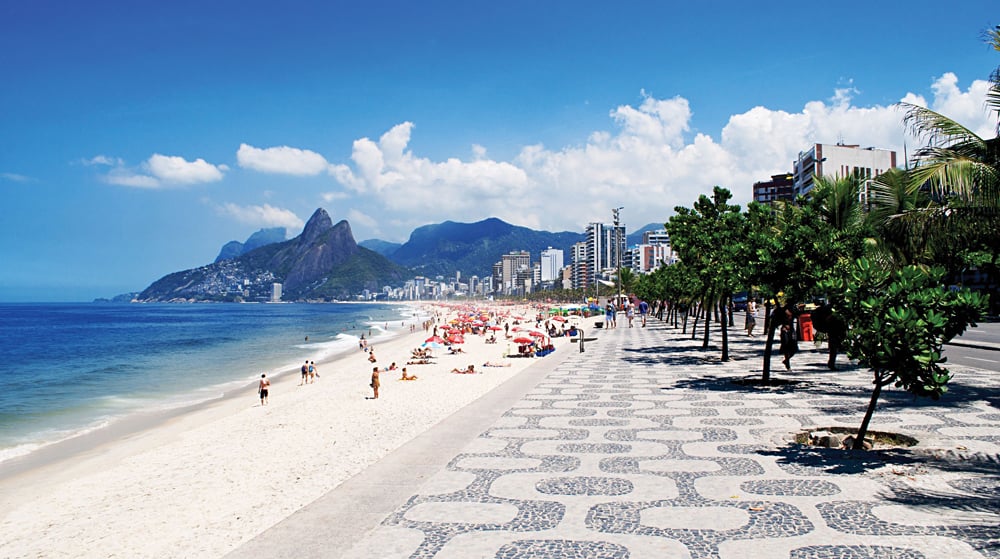
Swing by Samba City
If you want to get a taste of the full Sambadrome experience ahead of time, visit Samba City, a massive complex in Rio’s Docklands, where fourteen of the top schools build their floats and costumes. Where else can you get such a close look at the hard work that goes into making the greatest show on earth? Take a tour during the day to see the top schools (including the Grupo Especial) preparing their floats, masks, and costumes. Talk to the workers and witness the production first hand. You might even learn how to play some of the instruments used in the parade, and of course, you’re in the best place for a little impromptu samba lesson. No taking photos or video in the workshop, though. Samba schools jealously guard their theme for months leading up to Carnival, and that secrecy is well respected at Samba City.
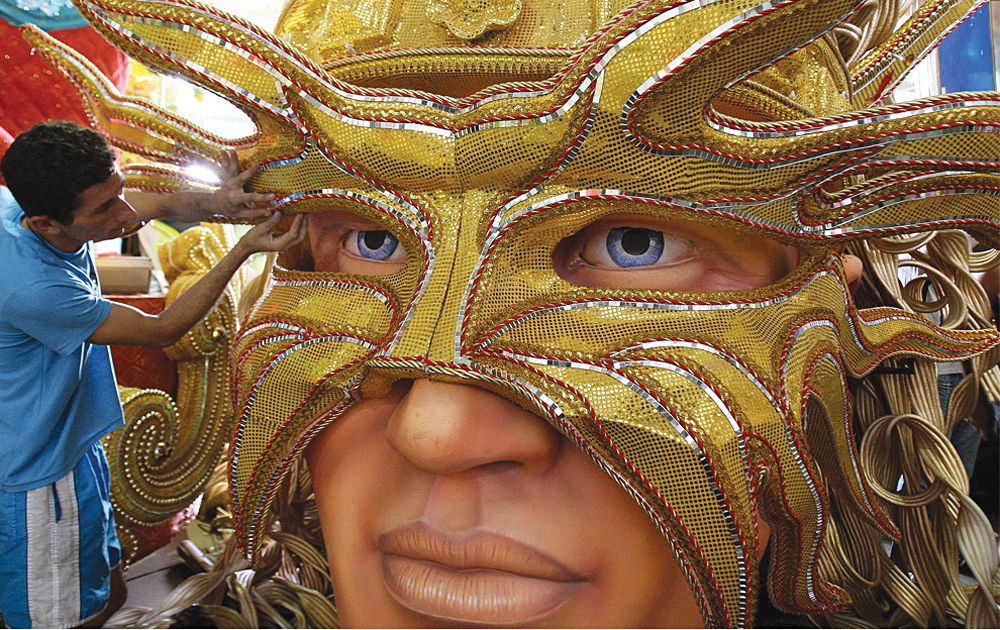
The complex is open and runs tours year-round, but the best time to go is between November and Carnival itself, when preparations are in full swing. On some Thursday nights, you can splash out to experience a special “pocket” version of the big Sambadrome show, including food, costumes, and live music. Just note that the schools do not hold their regular rehearsals here. Those take place at the samba halls in their respective neighbourhoods. This means it’s important to…
Know Your Samba Schools!
Rio is a huge city with over 200 samba schools, from the elite Grupo Especial to hungry up-and-comers. Here are a few of the biggest names revered as local legends. Most will welcome visitors to rehearsals at their samba halls throughout the year. Just bring an open mind and comfortable dancing shoes. Why go to a samba school if not to join in?
Mangueira
For decades, Mangueira was defined by the voice of Jamelao, who performed in every Carnival from 1949 to 2006. He passed away just two years later. That kind of devotion should tell you plenty about Rio’s oldest, most decorated, and perhaps most beloved samba school. Dating all the way back to 1928, Mangueira is considered one of Rio’s most traditional schools. But as a Carnival favourite every year, and reigning 2016 champion, nobody can accuse it of resting on the past! The school welcomes visitors to rehearsal nights at its samba hall, one of the largest and most accessible for out-of-towners.
Salgueiro
Originally devoted to showcasing African-Brazilian culture and dance, Salgueiro repeatedly struck gold in the 1960s to become a local favourite with Cariocas. No stranger to renewal and rebirth, Salgueiro is all about putting the “fire” back in samba, a symbol frequently used in its highly anticipated entries. One of Rio’s most easily reached schools, Salgueiro also regularly welcomes visitors to its rehearsal nights. You’ll probably even see a few Brazilian celebrities parading with Salgueiro each year.
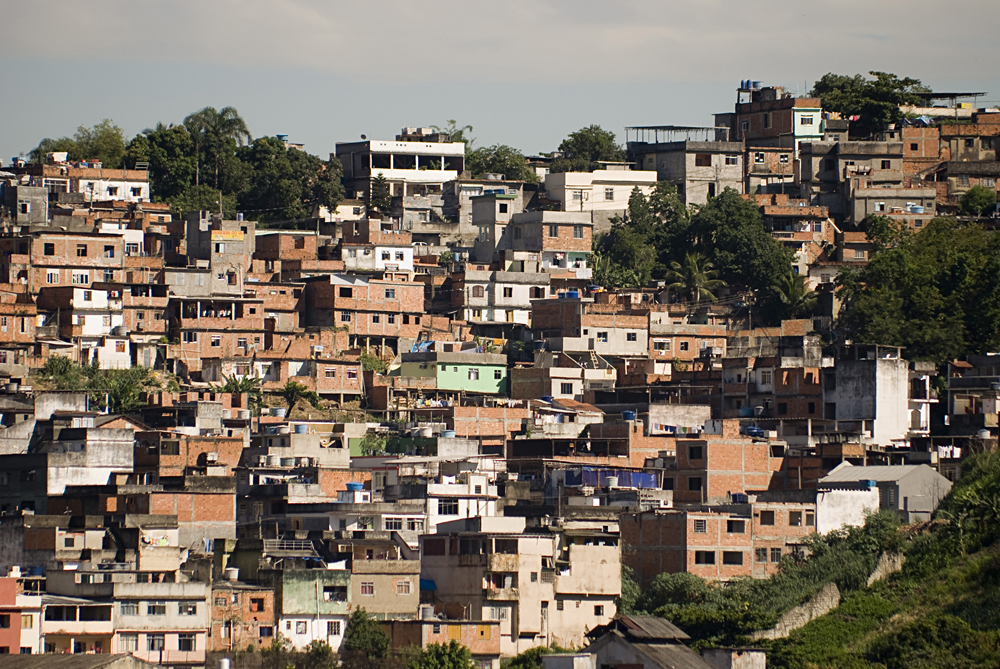
Beija-Flor
Since the years of Trinta, Beija-Flor has retained its fierce appetite for innovation and extravagance. If you happen to catch Beija-Flor’s parade, you can be sure you’re witnessing something special, even by the lavish standards of Rio Carnival! Despite being perhaps Rio’s most professional and competitive samba school, Beija-Flor welcomes visitors like any other. Unfortunately, its samba hall is quite a hike from the Zona Sul. Those willing to make the journey will see some serious devotion to samba!
Unidos da Tijuca
Another of Carnival’s most successful names, Unidos da Tijuca, is Rio’s third oldest samba school. In 2004, it returned to centre stage with renewed creativity and boldness. Like Beija-Flor, Unidos da Tijuca is no stranger to controversy, bringing some of Carnival’s most creative and daring floats and themes, often with a nod, to Brazil’s Portuguese heritage. A particular favourite with Rio’s LGBT community, its samba hall is popular with every kind of traveller, being handily located in Santo Cristo.
Other Good Advice – Health and Safety in Rio
While the vast majority of visitors enjoy Brazil and Rio without incident, there’s no denying “the marvelous city” has an unfortunate reputation for crime. We’ve covered some essential Rio safety tips before on this blog. But Carnival is a time to be especially mindful of thieves. Leave any valuables you don’t need for the day/night in your hotel safe. Don’t carry bulky wallets or bags, and hide what you are carrying under loose fitting clothing (or your costume!). Flashing expensive cameras or jewelry in a crowd will definitely get you the wrong kind of attention. Conversely, big Carnival crowds mean an extra layer of protection against mugging or violent crime. It’s said that the safest place to be in South America is in the Sambadrome on Carnival night.
Related Article:
Essential Tips for Staying Safe in Rio de Janeiro, Brazil
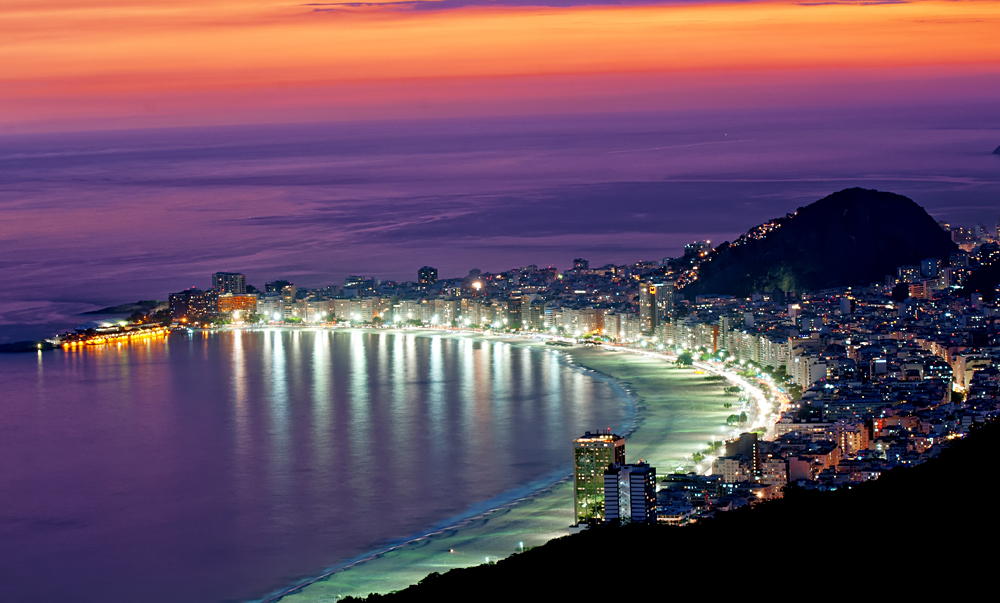
If you’re visiting a samba hall, keep in mind that many of them are based in poorer communities, or on the edge of favelas. To save time and for your own peace of mind, take a cab. They’re very affordable in Rio, and are perfectly used to taking tourists to samba rehearsals. At the samba hall, stick with the safety of the crowd, and ask someone to call you a cab when it’s time to leave, if there aren’t already some waiting.
In short, when it comes to crime in Rio, be alert, not paranoid. Cariocas want you to enjoy their city without fear, but they also want you to stay safe.
When it comes to health risks in Brazil, the Zika virus has been a looming spectre over the country’s tourist trade for much of the past year. Official Government of Canada information advises pregnant women and those considering becoming pregnant to avoid travel to Brazil. But a travel doctor is probably the best source of information at your disposal. They will be able to give advice specific to your situation and intended destination. Brazil is a huge country with a variety of climates, and not all health precautions apply everywhere. For example, yellow fever vaccination is generally recommended if you’re planning to visit tropical areas such as the Amazon or Iguassu Falls, but is not usually considered necessary for big coastal cities like Rio, Sao Paulo, and Salvador, or for the north eastern beach destinations of Fortaleza, Recife, and Natal. Use the maps most travel clinics offer free of charge on their websites if you’re not sure.

As always, your safety comes first when travelling, and travel in Brazil does require a few extra precautions. But it is certainly not the dangerous destination some imagine it to be, and these factors should not deter you from experiencing a great Brazil tour.
Get more travel inspiration by email.
Subscribe
0 Comments

Get the latest travel trends & hear about the best deals on vacations around the world.
If you’re a Globetrotter, these are the newsletters for you!
